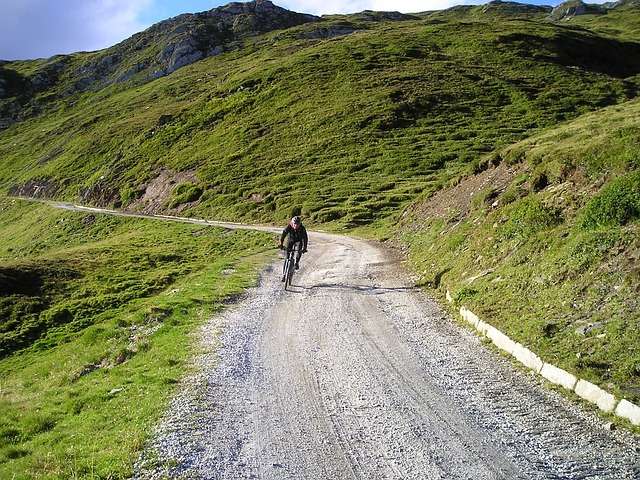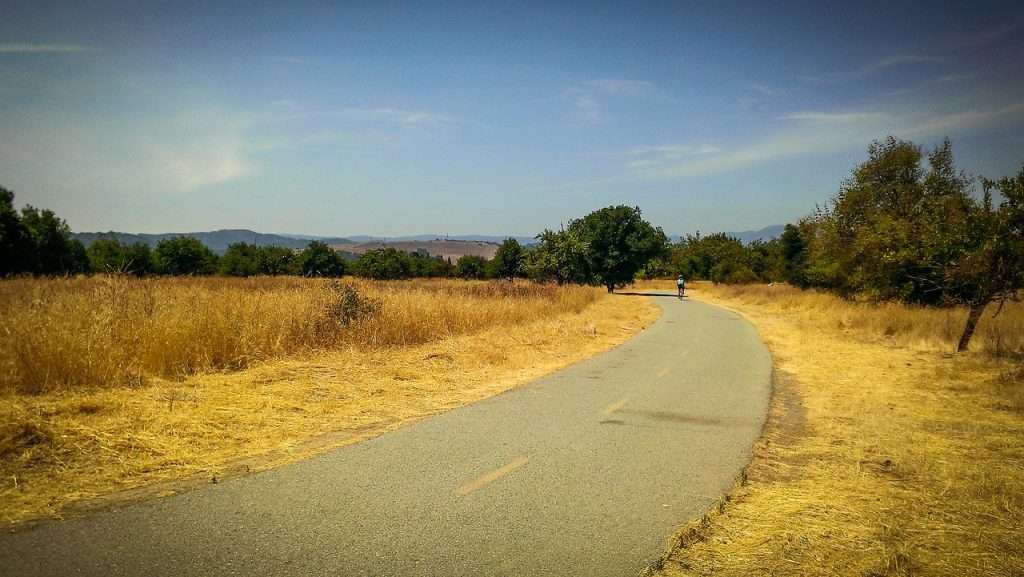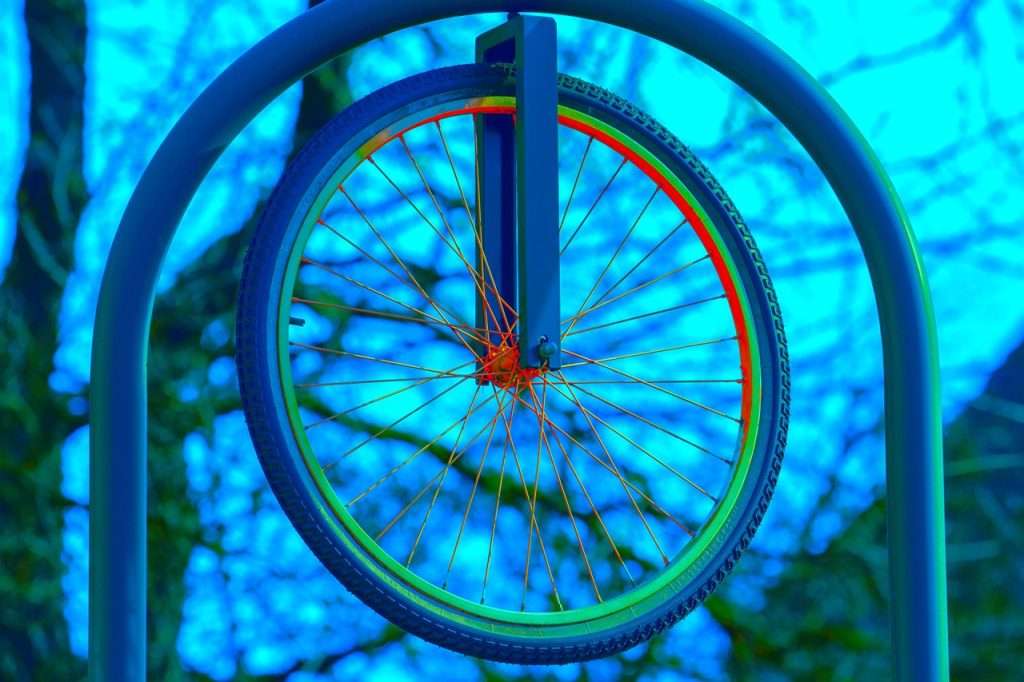
How fast can bicycles go on flat ground?
Introduction:
The speed at which bicycles can travel on flat ground is a fascinating blend of human effort, technology, and the simple joy of riding. Whether you enjoy a leisurely pedal as a casual rider or push boundaries as a seasoned cyclist, various factors influence the speed you can achieve on level surfaces.From the rider’s fitness and pedaling technique to the bike’s design and lightweight materials, each element contributes to the exhilarating experience of gliding effortlessly on flat terrain. As the wind brushes against you and the wheels hum beneath, the quest for speed becomes a personal journey, where the love for cycling converges with the mechanics of motion. In this exploration, we’ll unravel the dynamics that make bicycles a remarkable means of transportation and recreation, embodying both simplicity and speed.
Explanation:
1. Human Limitations and Physical Factors:
1.1. Rider Fitness and Conditioning:
The human factor plays a significant role in determining the speed a bicycle can achieve on flat ground. Rider fitness, strength, and conditioning directly impact the power output transferred to the pedals.
1.2. Aerodynamics:
Aerodynamics is a critical factor in speed on flat ground. Riders adopting an aerodynamic posture, reducing air resistance, can significantly enhance their ability to cut through the air and reach higher speeds.
1.3. Weight and Bike Efficiency:
The weight of both the rider and the bicycle itself affects speed. Lightweight bikes with efficient components contribute to a more streamlined ride, allowing for greater acceleration and maintaining higher speeds.
2. Physics of Bicycle Speed:
2.1. Pedaling Cadence:
The cadence at which a cyclist pedals influences speed. Maintaining an optimal pedaling cadence ensures efficient power transfer to the wheels, contributing to sustained velocity on flat surfaces.
2.2. Gear Ratios:
Gear ratios, determined by the combination of chain-rings and cassette cogs, play a crucial role in speed. Riders can adjust gears to find an optimal balance between pedal resistance and speed.
2.3. Rolling Resistance:
The tires’ interaction with the ground creates rolling resistance, influencing speed. Tire pressure, tread design, and the quality of the tire material impact how efficiently a bicycle moves across flat terrain.

3. Technological Advancements:
3.1. Materials and Frame Design:
Advances in materials, such as carbon fiber, contribute to the development of lightweight frames. Cutting-edge frame designs enhance aerodynamics, reducing drag and enabling higher speeds on flat ground.
3.2. Drive-train Innovations:
Continuous improvements in drive-train technology lead to more efficient power transfer. Innovations like electronic shifting systems and precision engineering contribute to smoother gear changes and enhanced overall performance.
3.3. Wheel Technology:
The design and materials of wheels impact a bicycle’s speed. Aerodynamic wheel shapes, lightweight rims, and advancements in spoke technology all contribute to reducing friction and enhancing the overall efficiency of the bike.

4. Real-World Examples:
4.1. Time Trials and Speed Records:
Time trial events provide a platform for cyclists to showcase their speed on flat terrain. Notable time trial records, such as those in professional cycling, demonstrate the pinnacle of human and technological achievement in pursuit of speed.
4.2. Land Speed Records:
Beyond competitive cycling, land speed records on bicycles push the boundaries of what is possible. Human-powered vehicles designed for speed, often in streamlined shapes, showcase the potential for incredible velocities on flat surfaces.
5. Challenges and Limitations:
5.1. Environmental Factors:
External factors like wind resistance and environmental conditions can impact speed. Headwinds, for example, create additional resistance, challenging cyclists to exert more effort to maintain speed.
5.2. Legal and Safety Considerations:
While exploring maximum speeds, it is crucial to consider legal and safety aspects. Speed limits on roads, as well as the need for protective gear, influence how fast cyclists can safely travel on flat ground.
6. Training Strategies to Enhance Speed:
6.1. High-Intensity Interval Training (HIIT):
HIIT sessions can improve a cyclist’s power output and overall fitness, contributing to increased speed on flat ground.
6.2. Aerobic Conditioning:
Developing cardiovascular endurance through aerobic training helps cyclists sustain higher speeds for longer durations.
6.3. Technique and Form:
Working on pedaling technique and adopting an aerodynamic riding posture can optimize energy transfer and minimize resistance, facilitating faster speeds.
Frequently Asked Questions (FAQs):
Question: How fast can a typical bicycle go on flat ground?
Answer: The speed of a bicycle on flat ground varies, but recreational cyclists often cruise between 12 to 16 miles per hour. Experienced riders or professionals can sustain speeds of 20 to 30 miles per hour or more.
Question: What factors influence the speed of a bicycle on flat terrain?
Answer: Several factors contribute to bicycle speed on flat ground, including rider fitness, pedal cadence, bike design, aerodynamics, and environmental conditions like wind resistance.
Question: Can lightweight materials make a significant difference in bicycle speed?
Answer: Yes, lightweight materials in bike construction, such as carbon fiber frames, contribute to increased speed. Reduced bike weight enhances acceleration and makes it easier for cyclists to maintain higher speeds.
Question: How does wind resistance affect bicycle speed on flat ground?
Answer: Wind resistance is a significant factor. Headwinds create additional resistance, requiring more effort from the cyclist to maintain speed. Conversely, tailwinds can provide a speed boost.
Question: Are there technological advancements that enhance bicycle speed?
Answer: Yes, advancements like aerodynamic frame designs, efficient drive-trains, and lightweight components contribute to increased bicycle speed. These technologies are especially prominent in high-performance and professional cycling.
Conclusion:
Bicycle speed on flat ground is a multifaceted interplay of human capability, physics, and technological advancements. As cyclists continue to push the boundaries of speed, the integration of cutting-edge materials, aerodynamic designs, and innovative technologies will undoubtedly redefine what is achievable on two wheels. Whether pursuing personal fitness goals or competing at the highest levels of professional cycling, the quest for speed on flat ground remains a captivating journey at the intersection of human prowess and engineering ingenuity.

